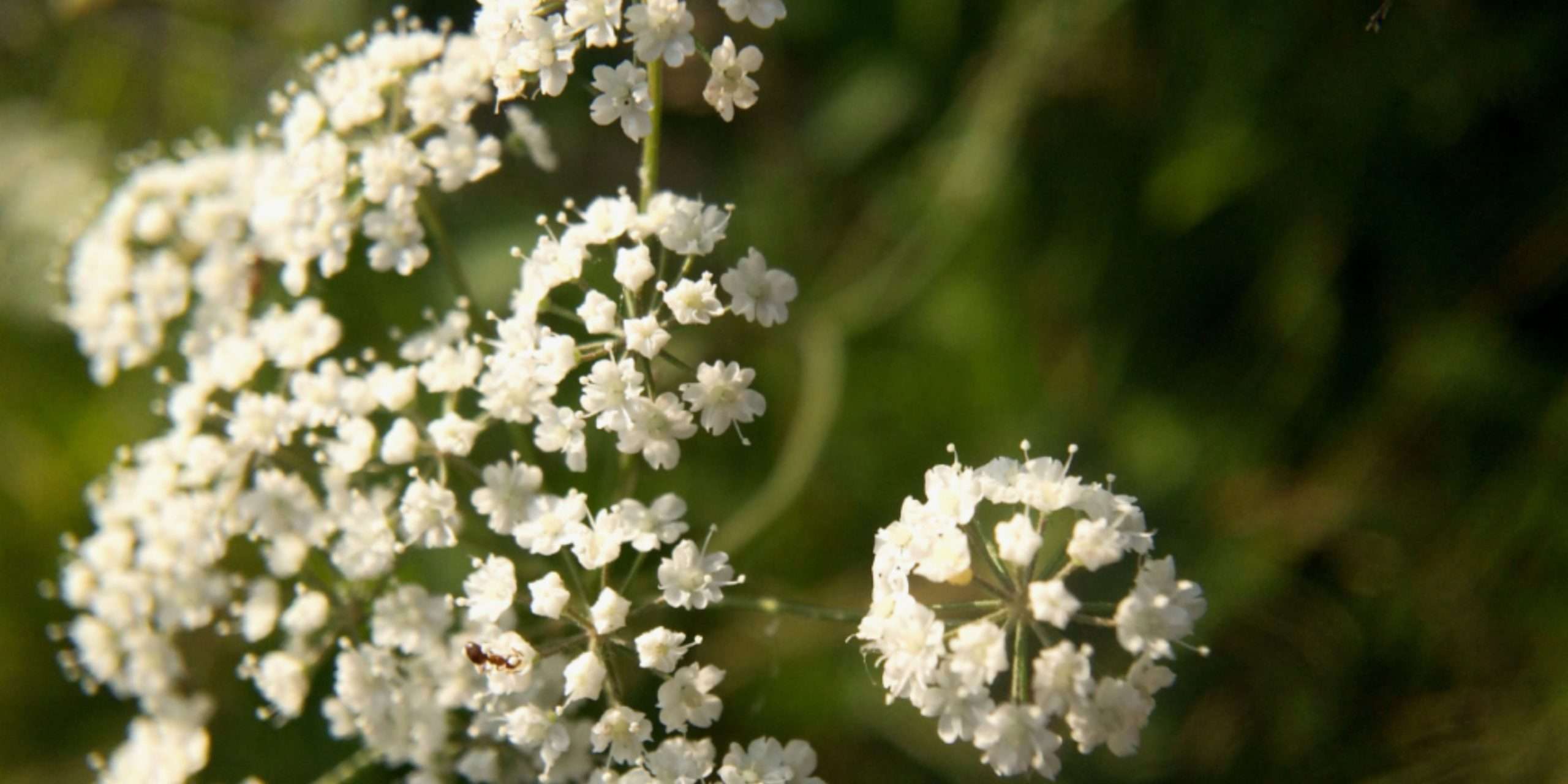Your backyard is a place of beauty and relaxation, but it’s important to be aware that some plants can pose potential risks. While most plants are harmless, there are a few that contain toxic substances or can cause physical harm. In this blog post, we will highlight seven dangerous plants that may be hiding in your backyard. By being aware of these plants and taking necessary precautions, you can ensure the safety of your family, pets, and yourself.
Poison Ivy (Toxicodendron radicans)
Poison Ivy is a common plant found in many backyards. It has a distinctive three-leaf configuration and can cause a severe allergic reaction in most people. The plant contains an oil called urushiol, which can cause a painful rash, itching, and blisters when it comes into contact with the skin. To protect yourself, wear protective clothing and gloves when handling plants, and learn to recognize and avoid Poison Ivy.

Oleander (Nerium oleander)
Oleander is an ornamental shrub with beautiful flowers, but it is highly toxic. All parts of the plant, including the leaves, flowers, and sap, contain cardiac glycosides, which can be fatal if ingested. Keep children and pets away from Oleander and avoid burning the plant, as the smoke can also be toxic. If you have Oleander in your backyard, handle it with caution and consider removing it if you have young children or pets.

Castor Bean Plant (Ricinus communis)
The Castor Bean Plant is a tall, attractive plant with large, palm-shaped leaves. However, its seeds contain ricin, a highly toxic substance. Ingesting even a small amount of ricin can be fatal. The plant should be handled with extreme care, and it’s advisable to remove it from your backyard, especially if you have children or pets who might accidentally ingest the seeds.

Foxglove (Digitalis)
Foxglove is a beautiful flowering plant often found in gardens. However, all parts of the plant contain digitalis, a cardiac glycoside that can be toxic if ingested. Ingesting Foxglove can lead to symptoms such as irregular heartbeat, nausea, and vomiting. Keep Foxglove out of reach of children and pets, and consider its potential risks before planting it in your backyard.

Datura (Datura spp.)
Datura, also known as Jimsonweed or Angel’s Trumpet, is a visually striking plant with trumpet-shaped flowers. However, it contains toxic alkaloids that can cause hallucinations, rapid heartbeat, and other severe symptoms if ingested. Datura should be avoided, especially if you have children or pets who might be tempted to consume its flowers or seeds.

Lily of the Valley (Convallaria majalis)
Lily of the Valley is a fragrant and charming plant, but its berries and leaves contain cardiac glycosides. Ingesting these parts of the plant can cause symptoms such as dizziness, irregular heartbeat, and gastrointestinal distress. If you have Lily of the Valley in your backyard, be cautious and prevent children and pets from accessing it.

Rhododendron and Azalea (Rhododendron spp.)
Rhododendrons and Azaleas are popular flowering shrubs, but some varieties contain toxic compounds called grayanotoxins. Ingesting the leaves or flowers of these plants can lead to symptoms such as nausea, vomiting, dizziness, and even heart problems. Keep an eye out for these plants, especially if you have curious pets or small children.

While the majority of plants in your backyard are harmless, it’s crucial to be aware of the potential dangers associated with certain plants. By familiarizing yourself with these seven dangerous plants and taking necessary precautions, such as wearing protective clothing, educating children about plant safety, and removing toxic plants from your backyard if needed, you can ensure the well-being and safety of your family, pets, and yourself. Enjoy the beauty of your backyard while staying vigilant and informed about potential risks.


